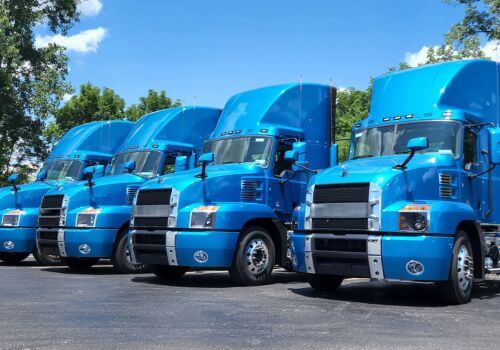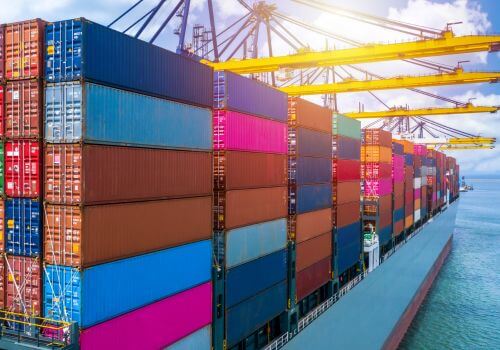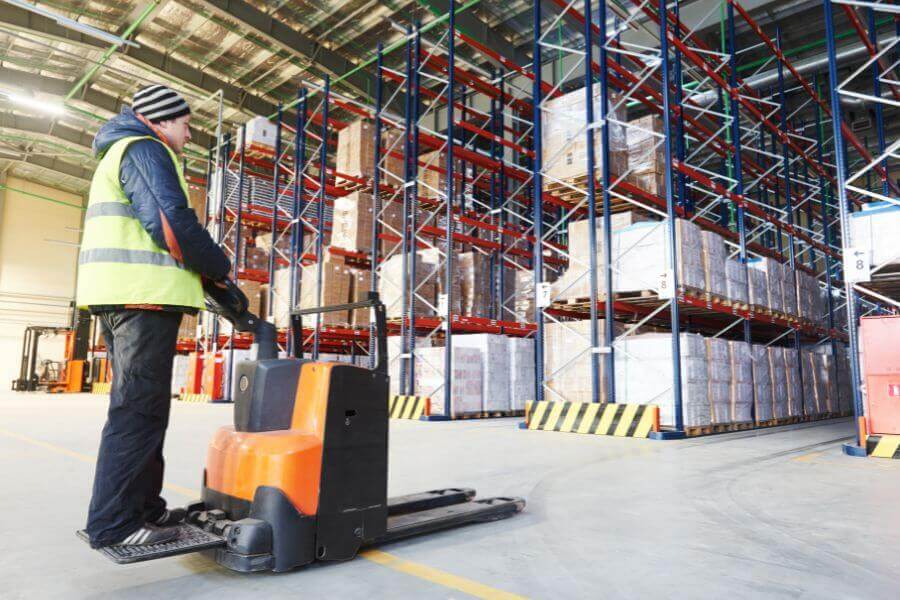With an increase in freight prices, the U.S. trucking industry is experiencing a fluctuation in demand, with hauling rates declining rapidly since the beginning of 2022. Trucking capacity has plateaued due to more spaces entering the system, and a halt of consumer demand across certain markets. The rise in trucking capacity also means an improvement in efficiency across multiple supply chains – with ripple effects on other segments of the industry.
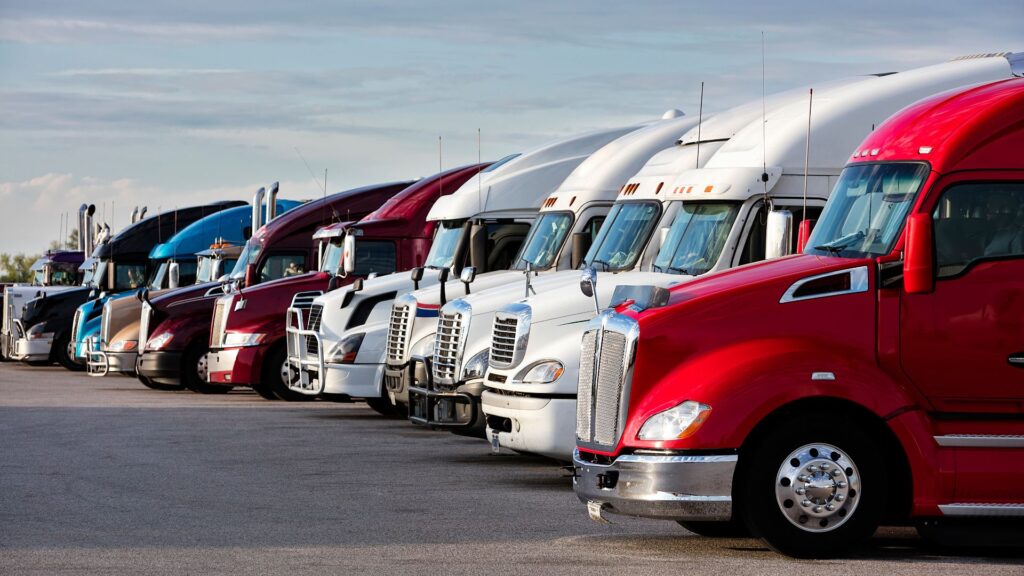
This being said, the trucking industry is still far from solving some of its most complex challenges since the pandemic, such as the shortage of intermodal circulation. TRAC Intermodal, the largest marine chassis provider in the U.S., reported an increase in wait times for truckers to return chassis, compared with the pre-pandemic statistics. This has an enormous impact on vehicle availability for fleets – leading to holdups in the system. The U.S. rail industry also reports massive congestion across intermodal hubs with trains being backed up for miles around their destinations.
Technology can play a crucial role in assisting with smooth returns and fleet utilization by adopting technology that brings visibility across all platforms. From there, fleets can understand delays and location issues with a greater level of detail, ensuring available assets to cover for any problematic implications that may arise – similar to the implementation of a WMS (warehouse management system).
We Are Hiring
$7,000 Sign On Bonus!!!
Fleets should be more focused on asset utilization alongside maximizing trucker driving hours to ensure a strong bottom line. In our current 2022 situation of skyrocketing interest rates for equipment, fuel, and labor costs, it’s crucial for fleets to optimize their operations by using drivers who are capable of working tough hours on the road, while making sure to use an advanced system to keep a close eye on warehouse spaces or undriven trucks within a fleet.
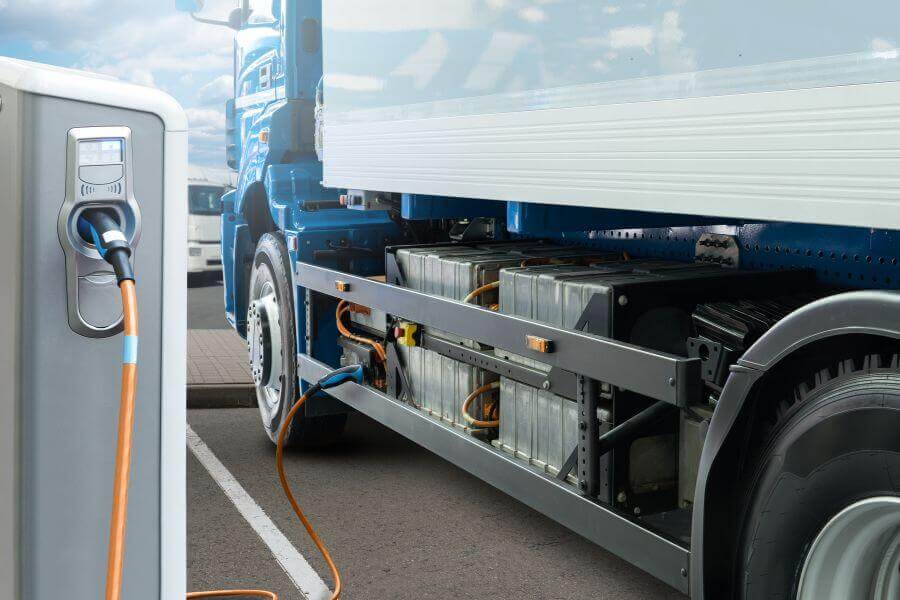
California Accelerates Green Transport With $122.9 Million Federal Grant for Zero-Emission Infrastructure
California has secured a substantial $122.9 million grant from the U.S. Department of Transportation to enhance its zero-emission vehicle infrastructure, significantly bolstering the state’s capacity
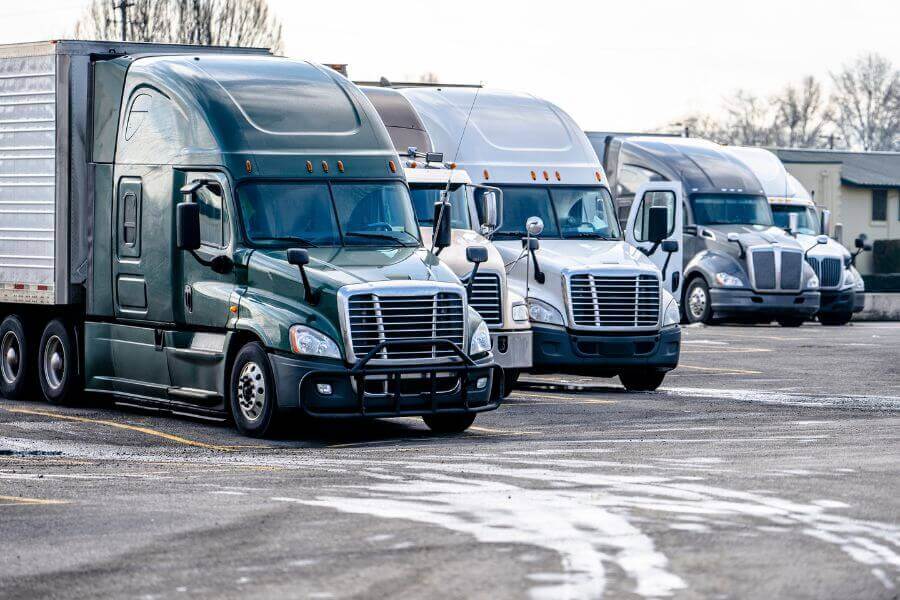
Trucking Activity Dips, Reflecting Ongoing Freight Market Volatility
Trucking activity experienced a decline in November following a rise in October, indicating ongoing volatility in the freight sector, according to the American Trucking Associations

Trucking Industry Edges Toward Balance as Supply-Demand Dynamics Shift
The trucking industry is showing signs of stabilizing as the imbalance between freight demand and capacity begins to normalize, according to industry analysts. The COVID-19




